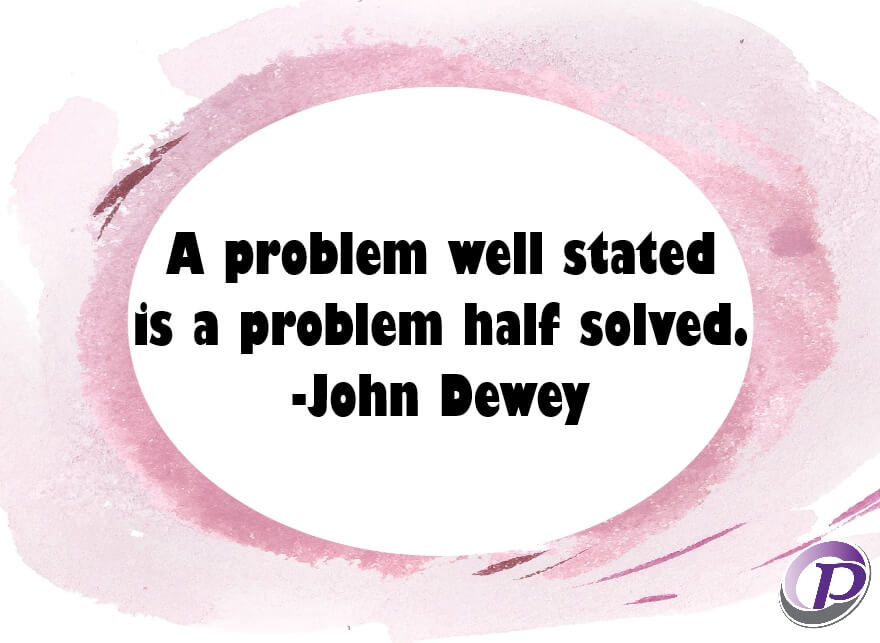
1 min readDefine Underperformance Correctly
by Guy Gage | February 27, 2022 | Business, Leadership

From A Partner
I had a great coaching call with a partner this week about one of his staff who is not performing to her optimal capabilities. He shared his theory about what was going on and what he was doing to address them. He said he gave her direct feedback so that she would know exactly where the problems were and what she needed to do to improve. Just like that. Bada Bing. Bada Boom. Next?
Hold on there, Sparky. As we talked, it became clear to me that there may be more going on that what the partner may have realized. And his solutions may not get the results he’s expecting.
It’s Not What You Think
This led me to once again be keenly aware that the way you define the situation determines the pool of solutions you draw from to address it.
For instance, if someone isn’t performing optimally, it could be for a number of reasons. Here are ones I’ve encountered over the years.
- They don’t know what to do
- They are led to believe that minimal effort is acceptable
- They are not motivated
- They lack a sense of ownership for their work
- They have shaky confidence in their ability
And there are more.
- Their personal life isn’t working
- They aren’t getting along with their manager
- They have physical or mental health issues
Each of these are different enough that the ways you respond to them will vary as well. For instance, if you think that someone is capable of a higher quality of work than what they are producing, you could determine it is because they are not motivated to put for the required effort. If this your conclusion, you would encourage them to be more diligent or hold them accountable in some way.
Getting It Wrong
However, what if the reason for under-performance was because they can’t say no and they have accumulated a load of work that is overwhelming? All of your encouragement in the world or holding them accountable for quality won’t help at all. In fact, you may end up discouraging them to the point that they decide to work someplace else. All because you defined the problem wrong. And of course, when they leave, you conclude it is because they aren’t a good fit. Or they don’t have what it takes.
Getting It Right
It is true—how you define situations will drive the pool of solutions you will draw from to fix them. So be thoughtful enough and define the situation correctly so that your solutions actually fix the problem and not create new ones.
Read Related Blogs:
Overcoming Resistance: The Pain Point That Sparks Firm Change
Change is tough, especially in accounting firms where partners often resist new strategies. As outlined Guy Gage’s recent article, Breaking Through Partner Resistance, transformation occurs when the pain of sticking to the status quo outweighs the fear of change. This...
Igniting the Spark
In February, a senior manager attended our Leading Your Team course. The program explores how managers can better understand and lead their team members by recognizing different working and relational styles. For him, this experience marked a turning point. He walked...
Leading with Certainty: Anchoring Leadership in Vision and Values
Effective leadership is grounded in the certainty of what is known: the long-term vision, enduring values, and guiding principles that define an organization’s identity. In a recent coaching conversation with a senior leader navigating a period of rapid change, this...



